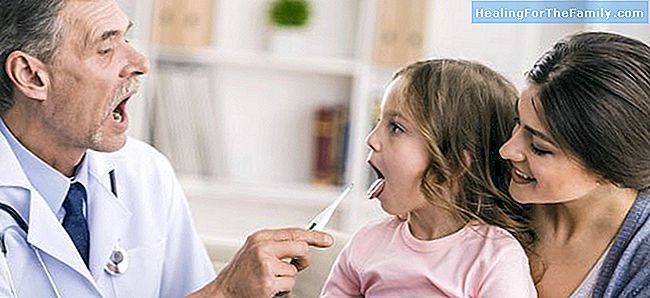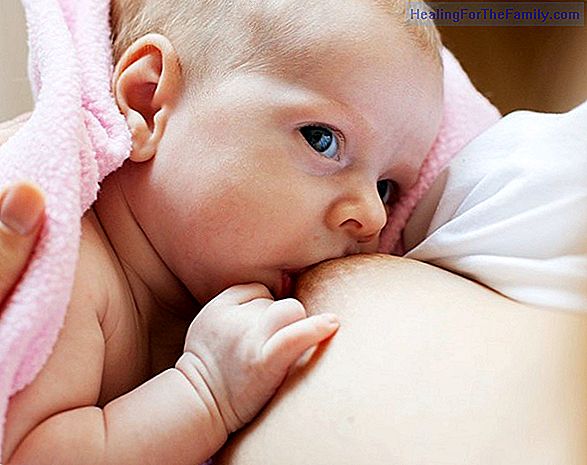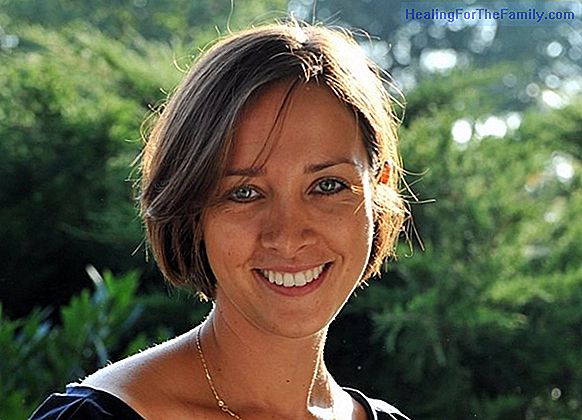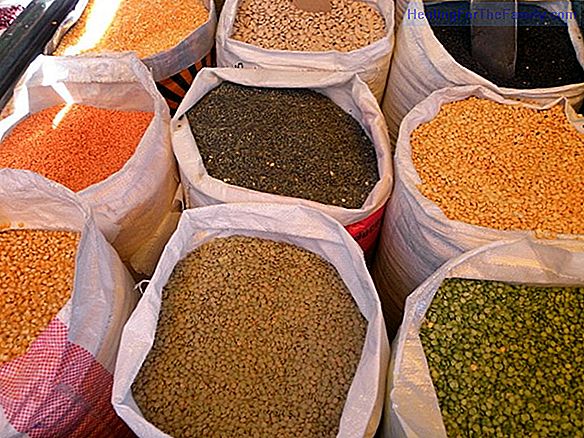What is meningococcus and how does it affect children?
Meningococcus is a gram negative bacterium widely spread throughout the world, and with different varieties. The potentially most aggressive in humans are the following: A, B, C, W and Y135. In Spain, the most prevalent serogroup at present is meningococcus B . How meningococcus is spread to childre
Meningococcus is a gram negative bacterium widely spread throughout the world, and with different varieties. The potentially most aggressive in humans are the following: A, B, C, W and Y135. In Spain, the most prevalent serogroup at present is meningococcus B.
How meningococcus is spread to children

It is important to bear in mind that one thing is 'infection' (it means having a germ in the body) and another is the 'infectious disease' (developing symptoms for that germ). With this clarification, it should be emphasized that up to 10% of adults are asymptomatic carriers in the meningococcal nasopharynx; that is, they carry it in their throat without producing any disease.
The meningococcal route of infection por is through the respiratory route a, through the droplets of water that we expel when talking, coughing, sneezing, etc. The most vulnerable group are children under 5 years of age. And within them, children under one year. Also, children with immunodeficiencies ('immune system diseases') and chronic diseases are more vulnerable to severe meningococcal disease.What diseases meningococcus produces in children and how it is diagnosed
From the pathological point of view, they can lead to meningitis and sepsis. Many times both processes are given at the same time in the same patient. Both are very serious. Meningitis is the inflammation of the meninges, which are the membranes that surround the central nervous system.
From a clinical point of view, meningococcal meningitis is accompanied by fever, decay, haemorrhage, headache, vomiting, convulsions, coma. This infection can be associated with sepsis, which is a very serious condition characterized by, in addition to the symptoms described, important affectation of the general state, spots on the skin (petechiae) and drop in blood pressure.
Meningitis, through the culture of cerebrospinal fluid (extraction of fluid from the back through a lumbar puncture). Sepsis, by the clinic and by the identification of the germ in a sample of blood culture or scraping of a skin lesion.
Vaccination and treatment of meningococcus in childhood
The treatment of these processes is applied in a
Pediatric Intensive Care Unit
, and consists of guaranteeing the patient's respiratory and hemodynamic situation, and not only the administration of intravenous antibiotics. TheSpanish Association of Pediatrics
recommends, in its proposed calendar for the year 2016, the universal vaccination against meningococcal B. Since 2000, the Meningococcal C vaccine has been included in this calendar.












